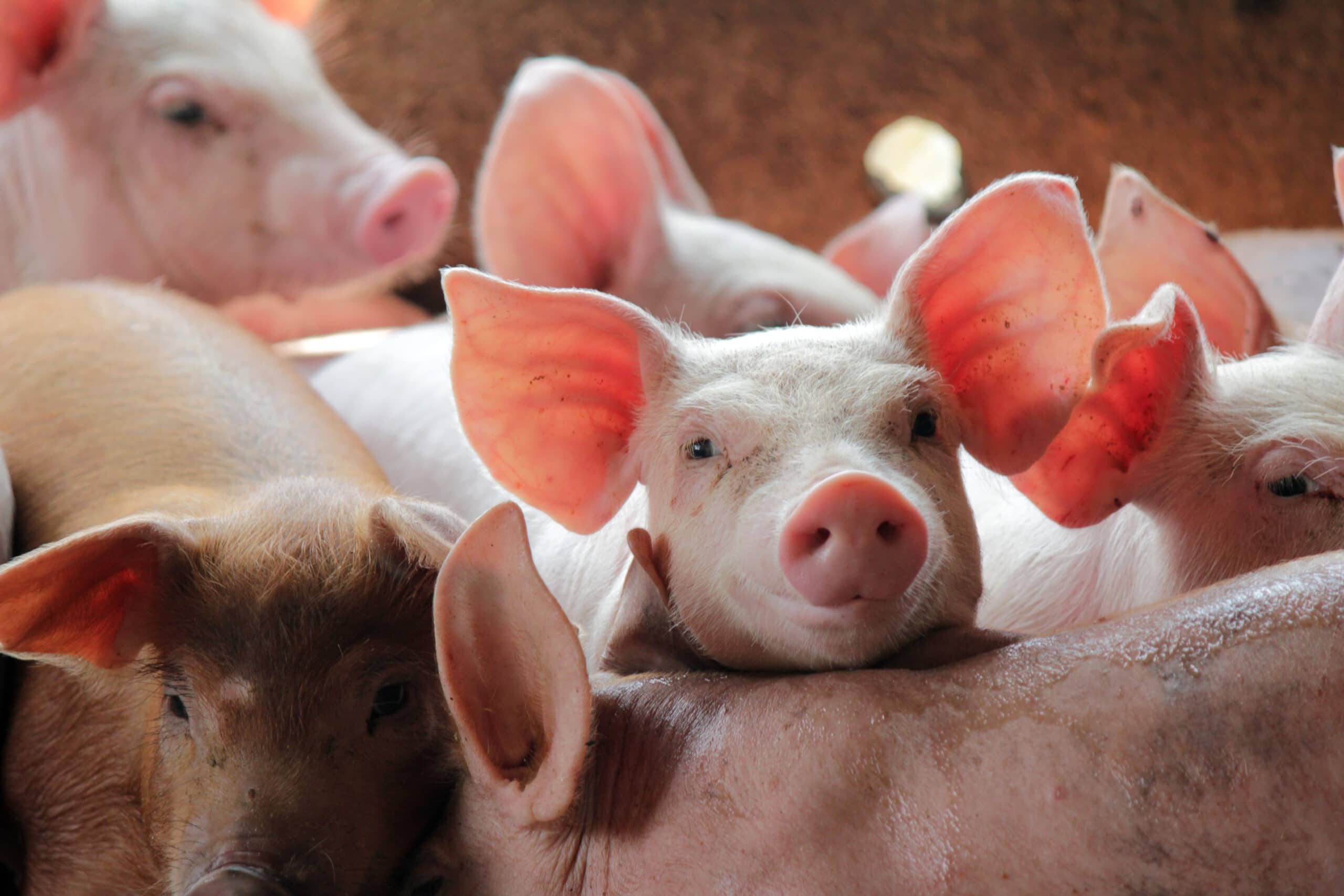10 Mar Transitioning to Zero ZnO: The changes in diet formulation
By Dr Megan Edwards, animal nutrition consultant at Integral Nutrition (S) Pte Ltd

In this article of the series Program Zero Zinc Oxide, animal nutrition consultant Dr Megan Edwards explains how the zinc oxide (ZnO) ban makes us look beyond just the traditional nutrient requirements and whether she thinks the EU ban inspires other regions to follow.
How does the ban change the way we look at feed formulation?
Zinc oxide (ZnO) has often covered up mistakes within our piglet feed formulations. When we remove ZnO, excesses or imbalances in our formulation become visually obvious in the form of higher incidences of diarrhoea, variability within a batch, secondary diseases, higher feed costs, higher cost of production, higher mortality and more. The ZnO ban forces us to reflect on some of the often-overlooked aspects of our formulation. We need to look beyond just the traditional nutrient requirements and examine functional or dysfunctional value of raw materials to achieve the same (or even better) performance in piglets. Besides a relook at diet formulation, we should also focus on designing sow diets to effectively seed the piglets microbiota, ensuring colostrum yield and quality are optimised, introducing creep feed (or supplemental nutrition) early and often, and reviewing the ideal weaning age/weight for the best outcome.
What does it mean for dietary protein?
Protein quality and functionality are important in piglet diets. We must provide the necessary amount of digestible amino acids to support growth, immunity and maintenance, whilst also ensure we don’t over supply protein or supply unacceptable levels of undigestible protein. We can positively influence immunity by feeding certain types of proteins, such as yeast extracts, plasma proteins, egg proteins, fishmeal and milk proteins, while others can have a negative effect (e.g. anti-nutritional factors in plant proteins). When I formulate piglet diets I use the estimate of undigestible protein for each raw material. I also place limits on some key raw materials like soybean meal, and may force in other ingredients like yeast extract (rather than allowing them to come in based on price and nutritional profile alone). It is also important to ensure that we consider all ten essential amino acids in the diet and consider the rate of digestibility of the amino acids in the diet. Another important consideration is to focus on designing diets that bring out the best in stomach function, as we need a well-functioning stomach with adequate retention time to achieve the best protein digestibility. In this regard, I suggest you utilise high fat diets (to increase the retention time) in combination with free organic acids that are able to have the desired effect of lowering stomach pH. Please note though you need to think carefully about the types of fats and/or oil you use to ensure appropriate fat digestion occurs also.
So diets without high levels of ZnO is possible?
Yes, I certainly believe so. I actually learnt to live without ZnO by chance when I removed it from a commercial unmedicated creep feed for around 6 months. This particular diet contained SDPP, yeast extract (passive immunity), generous amounts of organic acids, cooked cereals and milk powders and was formulated to a low acid-binding capacity (ABC) value. This diet performed well and showed me that formulating without ZnO is possible. There is also good evidence to show that using more inert fibre than fermentable fibre in the immediate post-weaning period is a useful tool to prevent diarrhoea. It is also important to consider the source/form of the nutritional zinc in piglet diets. Potentiated zinc (low inclusion rate, but high surface area) has been a valuable tool which I have used in combination with diet reformulation in markets where therapeutic zinc oxide is not welcome.
After the EU ban, do you think that more countries will follow?
Absolutely. We work in global markets which share the same challenges associated with environmental pollution and antibiotic resistance. There are already tough regulations in China for the use of minerals, and similar regulations in South Korea and Japan. Canada has announced they will follow also with a reduction down to 350ppm ZnO. Export markets will also likely follow the EU regulation sooner rather than later. The challenge for many markets, especially those that are highly fragmented is how the government will police the regulations. A similar issue also remains for antibiotic usage in these markets. It is important to remember that zinc oxide was introduced to the diets of nursery pigs to overcome the welfare issues and performance issues associated with post weaning diarrhoea. It is also important to acknowledge that it is a more challenging exercise for commercial feed millers to remove ZnO than for integrators or home-mixing farmers who have more control over other production parameters (hygiene, housing quality, weaning age etc) which may influence the health and performance of pigs. So, I expect the transition away from ZnO to be smoother for more consolidated markets.
Program Zero ZnO
Phileo has developed the Program Zero ZnO to bring solutions to pig farmers to successfully make the transition to zero (therapeutic) zinc. The program focuses on 3 pillars that include: strengthening the microbiome, reducing pathogen pressure and enhancing feed intake.







Sorry, the comment form is closed at this time.